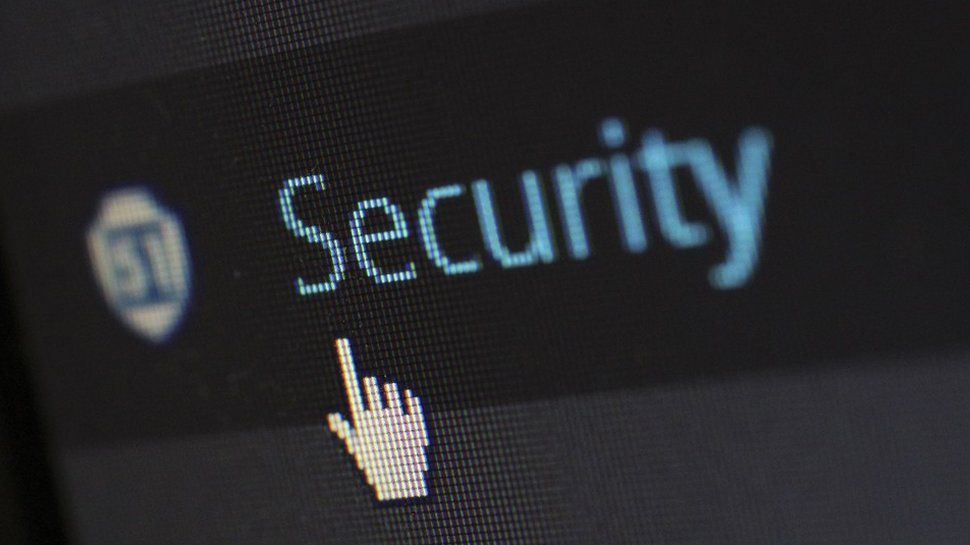In today’s evolving digital landscape, businesses must face two new paradigm shifts: remote work and its link to escalating data breaches. For organizations navigating this, IT Asset Management (ITAM) has quickly become important in bridging the gap between remote work and cybersecurity.
The New Reality: Remote Work and Cybersecurity Risks
The global shift to remote work changed how businesses function. Even if the model has offered flexibility and cut costs, it has also increased security vulnerabilities. Every remote device now represents a potential entry point for cyber threats, creating new obstacles for IT teams:
More Devices: Employees use a mix of company-issued and personal devices, making it difficult to maintain consistent security standards.
Network Vulnerabilities: Home and public Wi-Fi networks create security risks.
Shadow IT: Remote workers sometimes use unauthorized software solutions.
Data Protection: Sensitive information is now spread across multiple locations.
At the same time, the financial impact of data breaches increases substantially every year. IBM’s Cost of a Data Breach Report 2024 reports that the average breach now costs $4.88 million—a 10% increase from the previous year. Alarmingly, 40% of these costly breaches involved data distributed across multiple environments.
Here’s what this means: the era of remote work has increased cybersecurity threats, costing companies more money each year.
Understanding ITAM: More Than Just Inventory Management
IT Asset Management is more than just tracking laptops. It’s a strategy to manage an organization’s entire tech ecosystem. This includes:
Asset Inventory: Identifying and cataloging all IT assets, including hardware, software, and cloud resources.
Lifecycle Management: Tracking assets and software through the entire lifecycle, including setup, maintenance, and eventual disposal.
License Compliance: Ensuring software licensing compliance to avoid legal risks.
Cuts Expenses: Reducing costs by identifying idle assets and negotiating better vendor contracts.
Security Standards: Allows IT teams to ensure all assets meet cybersecurity standards.
Here’s what this means: In the context of remote work and escalating breach costs, ITAM serves as a critical link for both operational efficiency and resilient security measures.
The Evolution of ITAM in the New Normal
As organizations begin utilizing ITAM, it is important to note that the industry is making some key changes as well:
Cloud Integration: Modern ITAM solutions now monitor physical and cloud-based assets. This is essential as businesses adopt to cloud computing environments.
IoT Management: ITAM is expanding to manage all Internet of Things (IoT) devices.
Automation: Standard ITAM processes can now be automated. This allows IT teams to focus on more strategic tasks.
Here’s what this means: Organizations now have the opportunity to track and optimize a broader range of assets, from traditional hardware to cloud services and IoT devices, which ultimately leads to more flexible and secure operations.
Implementing Effective ITAM: Best Practices
For organizations looking to leverage ITAM in their overall cybersecurity strategy, consider the following best practices:
Establish Clear Policies: Develop clear ITAM policies that address remote work environments, including BYOD (Bring Your Own Device) guidelines.
Invest in Efficient ITAM Tools: Invest in ITAM solutions that track IT equipment and software in real-time, automate compliance checks, and integrate with existing security tools.
Prioritize and Classify Assets: Use ITAM to rank company data and equipment based on how sensitive they are.
Conduct Regular Audits: Perform frequent audits of IT assets to maintain inventory accuracy and compliance with security policies.
Work Across Teams: Promote collaboration between IT, security, finance, and other departments.
Provide Ongoing Training: Inform all employees about the importance of proper IT asset management and how it contributes to the organization’s safety.
Here’s what this means: Organizations can foster safety and security by leveraging ITAM effectively. This can be done by performing regular IT asset audits, having clear device policies, encouraging cross-team collaboration, and investing in modern ITAM solutions.
A Call to Action
In an era where remote work is the norm and data breaches are rising, ITAM is no longer a nice-to-have—it’s a must-have. It’s the strategic bridge that connects security measures with cost-saving initiatives, making it necessary for modern organizations.
Organizations that invest in advanced ITAM practices will thrive. They can navigate the complexities of distributed work environments, protect their digital assets, and build a more secure and efficient future.
The question is now whether organizations can afford to invest in robust ITAM practices but whether they can afford not to. ITAM is a cornerstone of effective business strategy, enabling companies to survive and excel in the digital age.
We list the best RPA software.
This article was produced as part of TechRadarPro’s Expert Insights channel where we feature the best and brightest minds in the technology industry today. The views expressed here are those of the author and are not necessarily those of TechRadarPro or Future plc. If you are interested in contributing find out more here:






